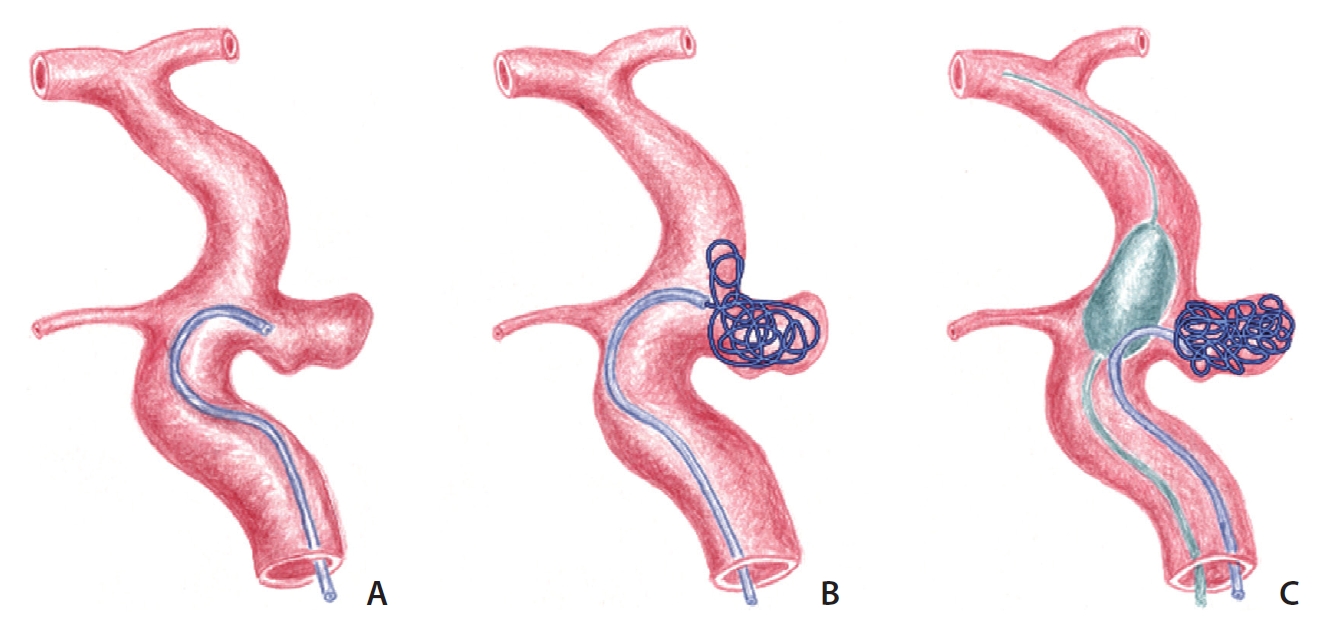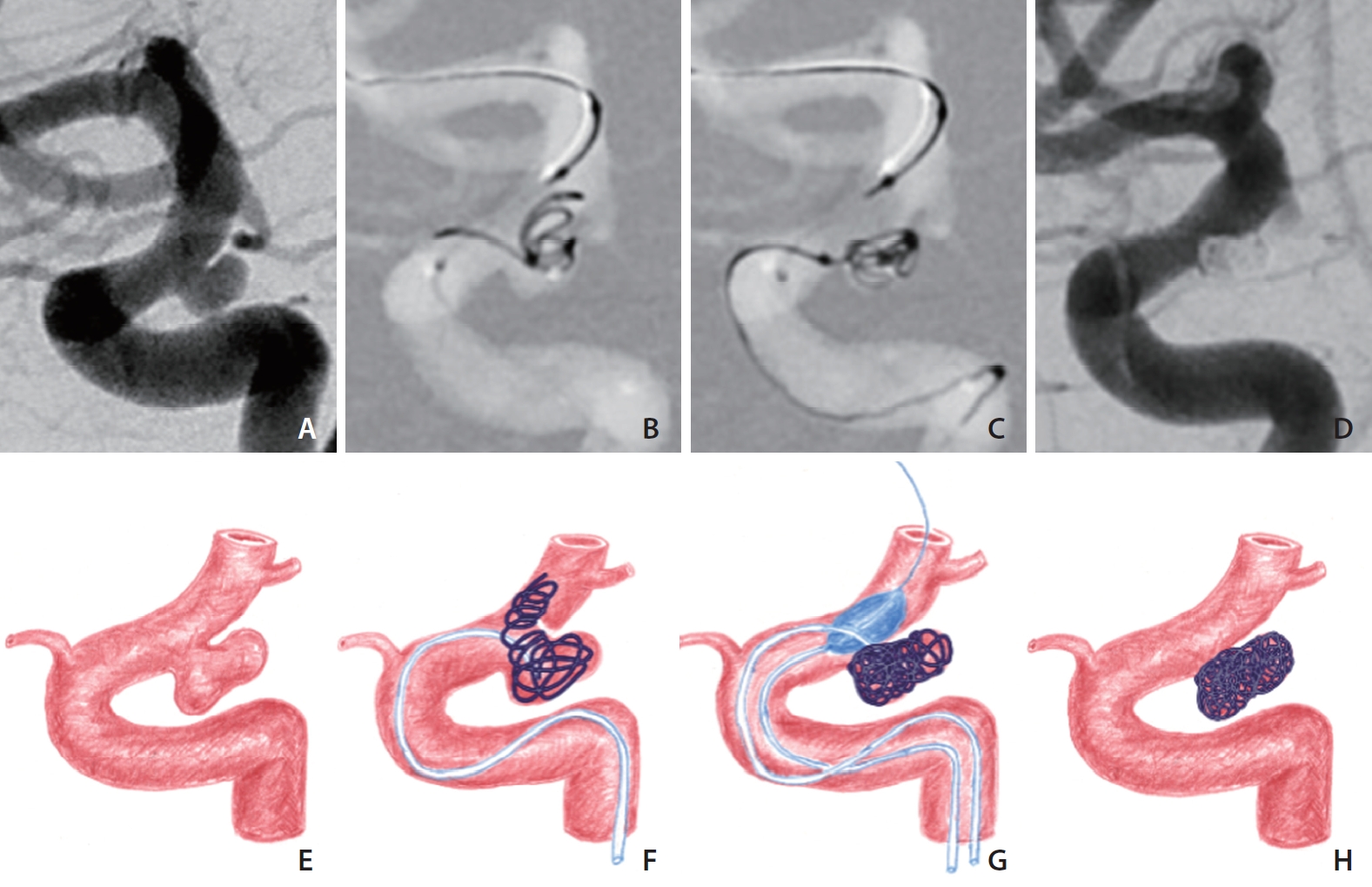 |
 |
- Search
| Neurointervention > Volume 16(2); 2021 > Article |
|
Abstract
Purpose
Materials and Methods
Results
Notes
Fund
This work was supported by the National Research Foundation of Korea (NRF) grant funded by the Korean government (MSIT) (No. 2018R1A2B6003143). The sponsor had no role in the design or conduct of this research.
Ethics Statement
The Institutional Review Board at our medical center approved this retrospective study (2020-0269) and waived the requirement to obtain written informed consent from the patients.
Conflicts of Interest
DCS received an research grant from the Microvention via the University of Ulsan, College of Medicine. All other authors certify that they have no affiliations with or involvement in any organization or entity with any financial interest (such as honoraria; educational grants; participation in speakers’ bureaus; membership, employment, consultancies, stock ownership, or other equity interest; and expert testimony or patent-licensing arrangements) or non-financial interest (such as personal or professional relationships, affiliations, knowledge, or beliefs) in the subject matter or materials discussed in this manuscript.
DCS has been the Editor-in-Chief of the Neurointervention since 2018. No potential conflict of interest relevant to this article was reported.
YS has been the Assistant Editor of the Neurointervention since 2019. No potential conflict of interest relevant to this article was reported.
No other authors have any conflict of interest to disclose.
Author Contribution
Concept and design: DCS. Analysis and interpretation: YS, BK, AHA, RGK, and DCS. Data collection: YS, BK, AHA, and RGK. Writing the article: YS and DCS. Critical revision of the article: YS and DCS. Final approval of the article: YS, BK, AHA, RGK, and DCS. Statistical analysis: YS. Obtained funding: DCS. Overall responsibility: DCS.
Fig. 1.

Fig. 2.

Fig. 3.

Fig. 4.

Table 1.
| Variable | Value |
|---|---|
| Aneurysm characteristics | |
| Aneurysm group | |
| Superior | 6 (10.3) |
| Inferior | 24 (41.4) |
| Medial | 23 (39.7) |
| Lateral | 5 (8.6) |
| Size (mm) | |
| <3 | 1 (1.7) |
| 3–5 | 35 (60.3) |
| 5–7 | 15 (25.9) |
| ≥7 | 7 (12.1) |
| Aneurysm size (mm) | 4.7±1.4 |
| Aneurysm volume (mm3) | 47.2±43.9 |
| Dome-to-neck ratio | 1.5±0.3 |
| Treatment outcome | |
| Packing density (%) | 37.1±6.8 |
| Immediate results | |
| Complete occlusion | 35 (60.3) |
| Residual neck | 23 (39.7) |
| Residual aneurysm | 0 (0) |
| DWI lesions | |
| None | 44 (75.9) |
| Few microembolism | 10 (17.2) |
| Many microembolism | 3 (5.2) |
| Asymptomatic Infarction | 1 (1.7) |
| Adverse events | |
| Ischemic | 1 (1.7) |
| Hemorrhagic | 0 (0) |
| Follow-up MRA* | |
| Minor recurrence | 11 (29.7) |
| Major recurrence | 0 (0) |
| mRS score of 0 at a recent follow-up | 58 (100) |
REFERENCES
- TOOLS







